Monarchs: Brown and Native Contemporary Artists in the Path of the Butterfly
Oct 4, 2018–Jan 6, 2019
Image Gallery
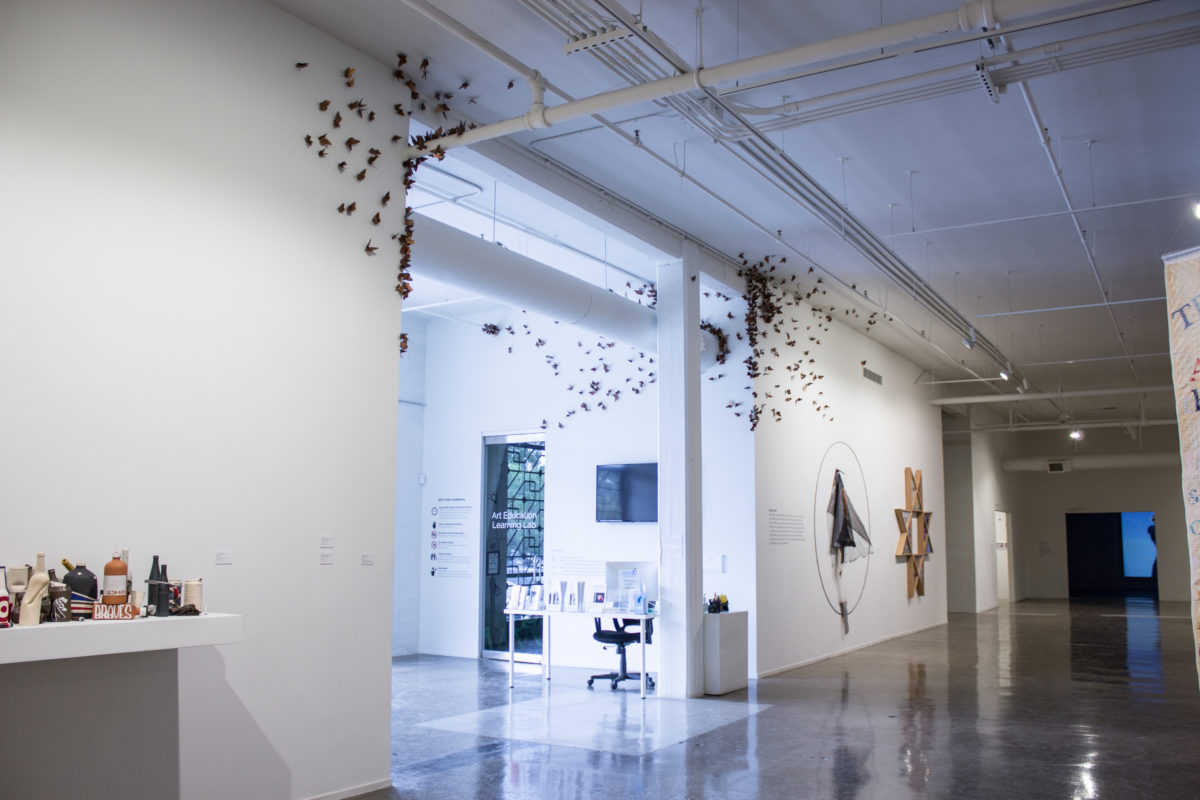
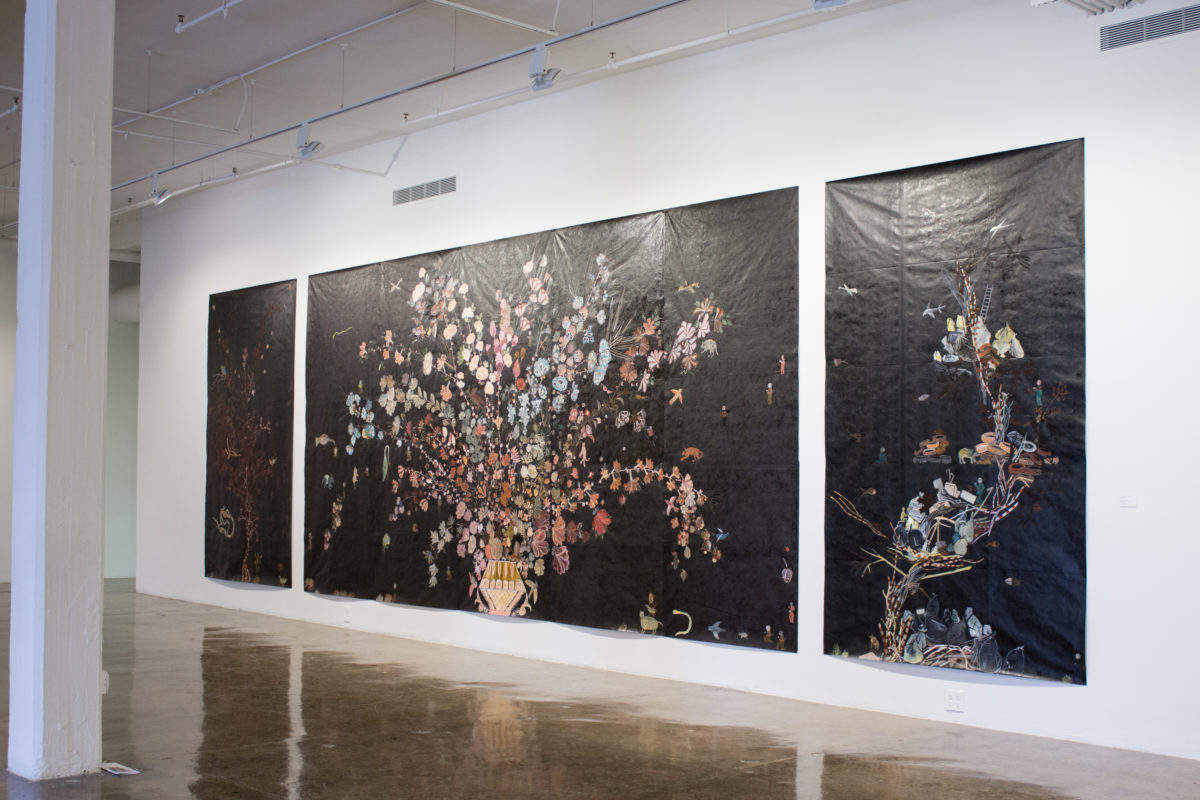
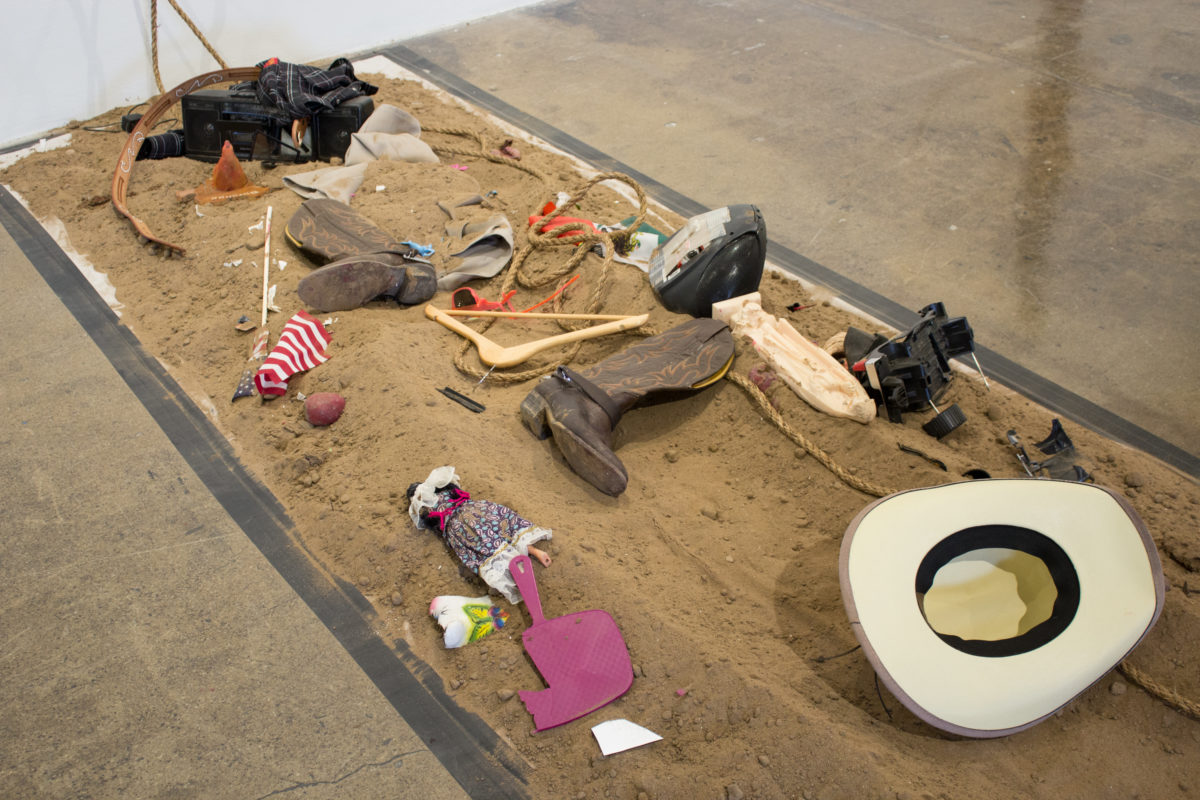
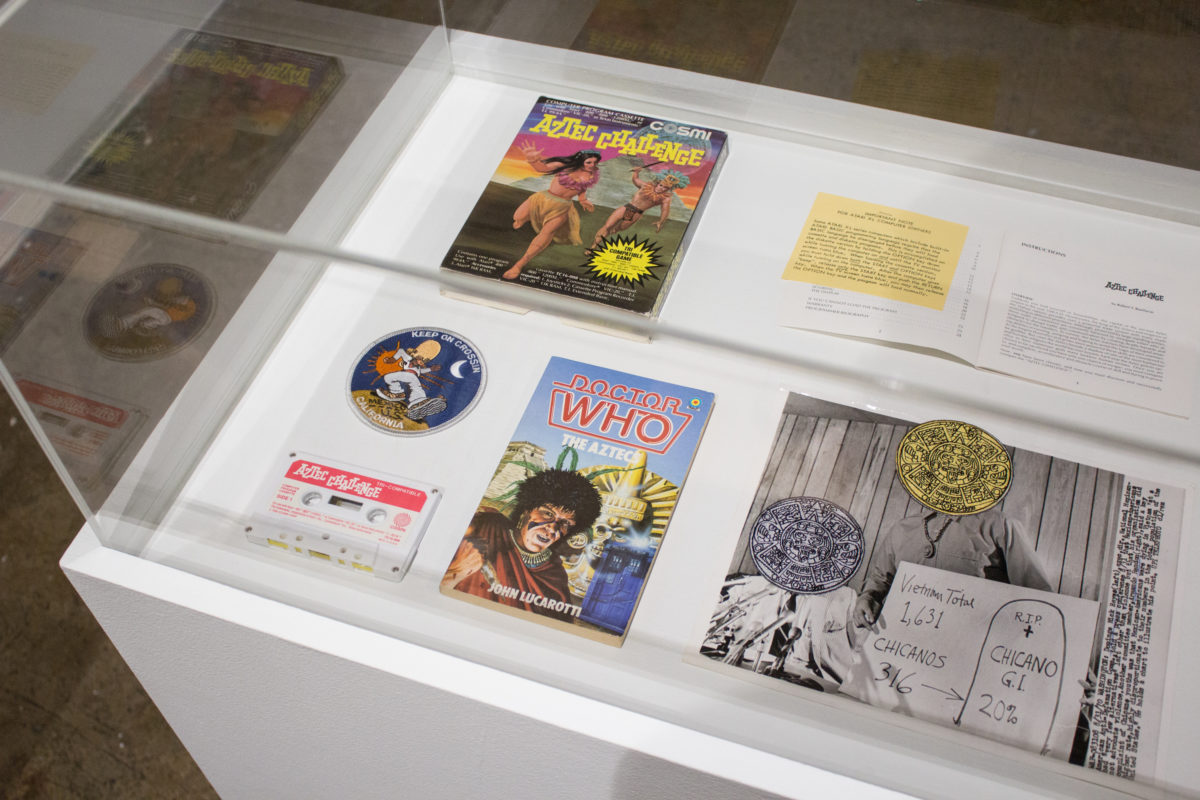
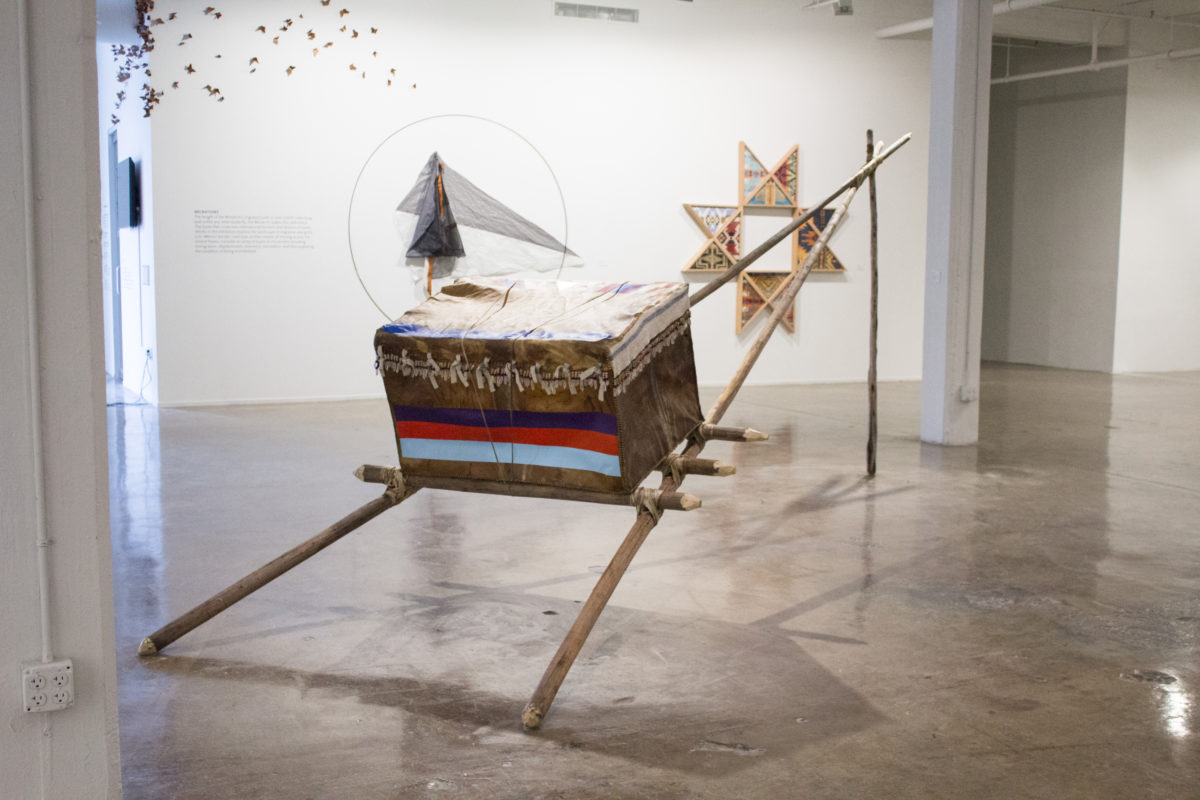
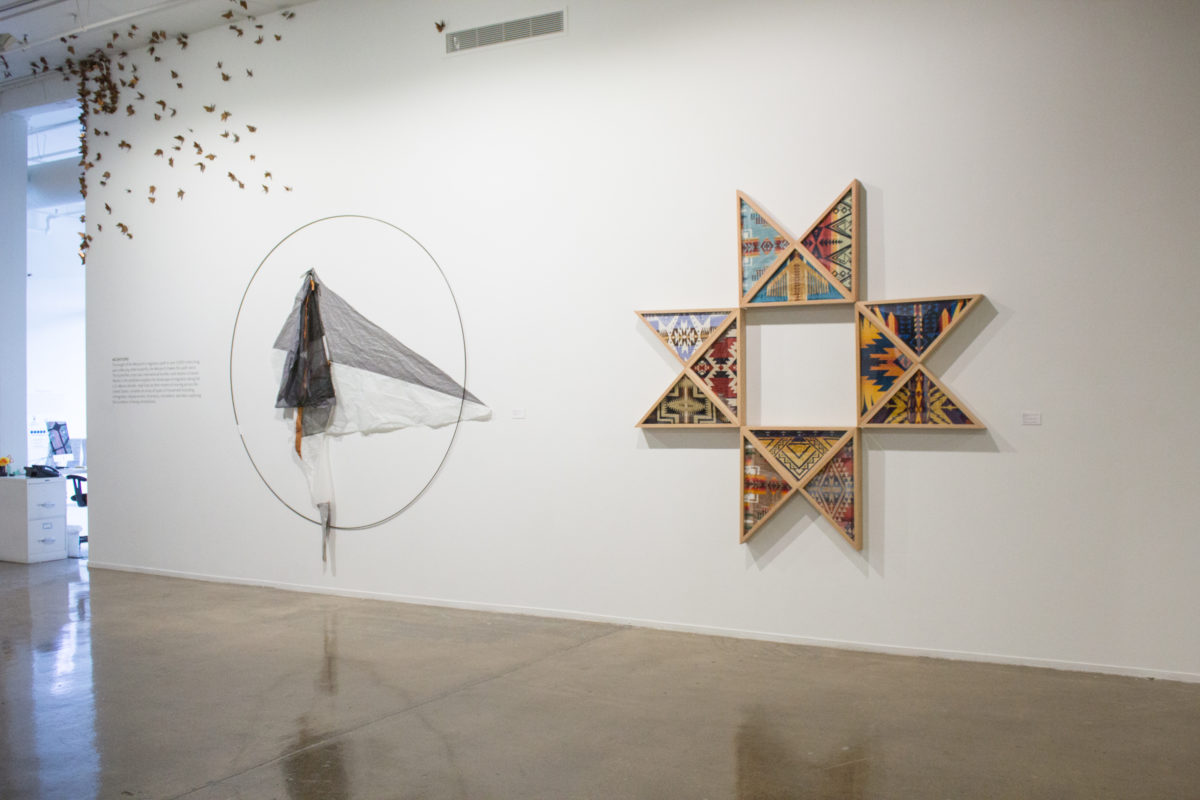
Monarchs: Brown and Native Contemporary Artists in the Path of the Butterfly
Oct 4, 2018–Jan 6, 2019
Monarchs: Brown and Native Artists in the Path of the Butterfly
- October 4, 2018 – January 6, 2019
- Curated by Risa Puleo
- On view at Contemporary at Blue Star and Southwest School of Art
Featuring Gina Adams, Flor Ameira, Carmen Argote, Natalie Ball, Margarita Cabrera, Sarah Castillo, Juan William Chavez, William Cordova, Rafa Esparza, Nancy Freidemann- Sánchez, Nicholas Galanin, Guillermo Galindo, Jeffrey Gibson, Joe Harjo, Sky Hopkina, Donna Huanca,Yatika Fields, Salvador Jimenez Flores, Merritt Johnson, Ivan Lozano, Cannupa Hanska Luger, Rodolfo Marron III, Harold Mendez, Mark Menjivar, Ronny Quevedo, Gonzalo Reyes Rodriguez, Josh Rios, Anthony Romero, Guadalupe Rosales, Carlos Rosales Silva, Edra Soto, Francisco Souto, Marty Two Bulls, Jr., Rodrigo Valenzuela, Mary Valverde, Jose Villalobos, Dyani White Hawk, and Sarah Zapata.
Monarchs: Brown and Native Contemporary Artists in the Path of the Butterfly takes the migration path of the Monarch butterfly, as a geographic range and a metaphor. The butterfly crosses the border of the United States at its junctions with Canada at the north and Mexico in the south along the entire length of both of these conceptual divides. Bypassing the hotter, desert regions of the country, Monarchs flock along its western and eastern coastal edges, but the busiest path of the orange-and-black butterfly is through the center of the United States. The Monarch travels through Midwestern states of Minnesota, Wisconsin, and Illinois, across the Great Plains of Nebraska, Kansas, and Oklahoma, onwards through the Texas Hill Country all the way to the state of Michoacán in Mexico. The path of the butterfly also connects the site of the Dakota Access Pipeline where it crosses the Missouri River at the border of the Standing Rock nation to the U.S.-Mexico border, but the butterfly itself is indifferent to these artificial borders and conceptual divisions. Apart from the name of the butterfly, the word “monarchs” has another meaning: Monarch signals an acknowledged ruler that is the head of a state or nation, and with that rule, the independence and freedom to rule; sovereignty. Artists in the exhibition take up this idea to present the perspectives of people native to the Americas.
This exhibition sees the defense of Standing Rock and the threat to build a border wall as continuous issues that pose challenges to people native to the Americas who have been separated by conceptual categories of indigenous, immigrant, and assimilated. Like the butterfly—which takes four generations to make the complete migratory path navigating its way through the center of the United States by drawing from inherited knowledge—these artists also pull from ancestral and cultural memory to reveal the profound conceptual legacies underpinning abstraction, reorient historical and art historical narratives, and explore centuries-old trade routes that moved aesthetics in addition to goods. Monarchs considers how objects, still and moving images, sound, and performances made by artists living in the path of the butterfly reveal their identities through form, process, and materiality rather than through content. To create the exhibition, Bemis Curator-in-Residence Risa Puleo looked to the butterfly for inspiration for the exhibition’s primary themes..
This exhibition is curated by Risa Puleo and organized by Bemis Center for Contemporary Arts, Omaha, Nebraska, where it was first presented December 7, 2017 – February 24, 2018. The accompanying catalog is supported, in, part, by the Elizabeth Firestone Graham Foundation, Sandra Fossum, and Watie White.